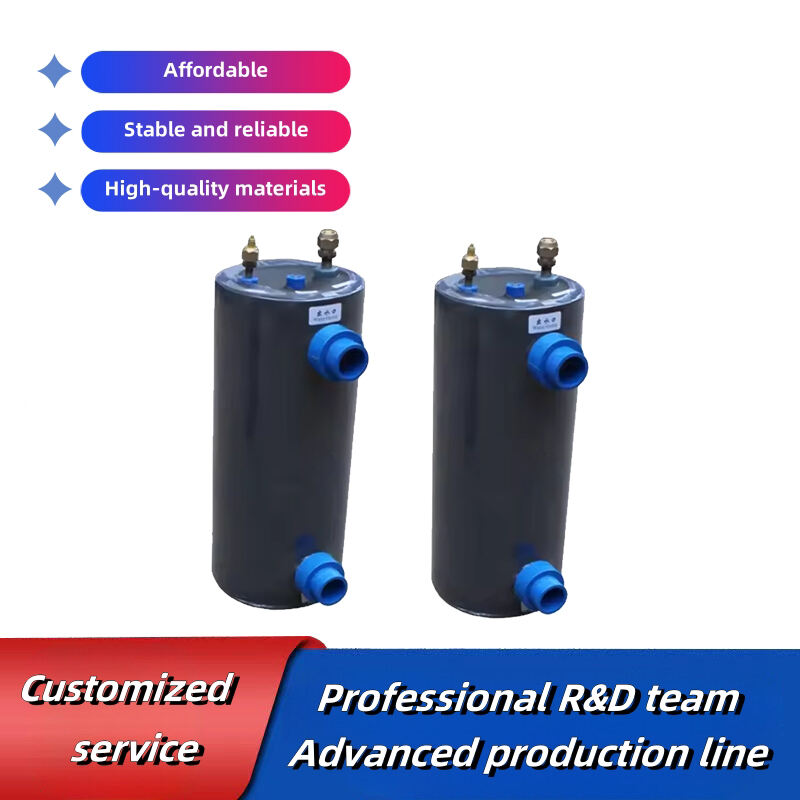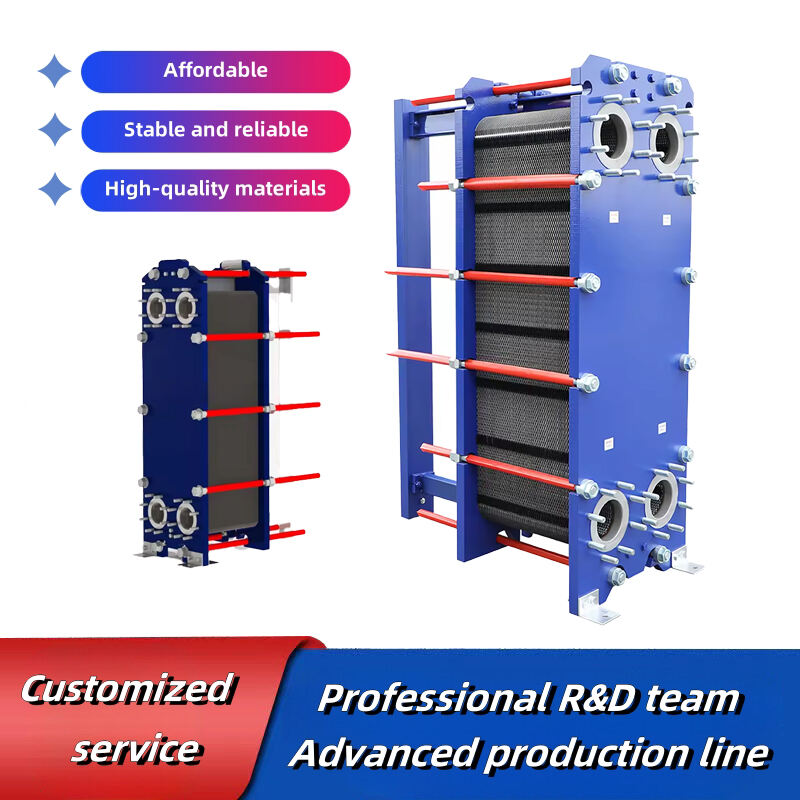Adiabatic heat exchangers - or magical things that cool stuff down without using extra energy. Your food will stay fresh thanks to the refrigerator, your home that is turned into a cozy sanctuary (on those hot summer days) with the air conditioner. This miracle has all been made possible with the help of adiabatic heat exchangers. But what are adiabatic heat exchangers and how do they work? Link to the interesting world of adiabatic heat exchange IV
I want to start by explaining how adiabatic heat exchange works. In other words, "adiabatic" means "if no heat_TRANSFER. Adiabatic heat exchangers are clever devices that use a cooling medium - say, water - to chill the fluid being heated (or cooled); because no system is truly insulated from its surroundings, an adiabatic process exchanges as little energy with them as possible. This cooling medium transforms into vapor, which then absorbs the heat and cools down the hot fluid. As that vapor moves across the cooling section and heat is absorbed, it condenses back into a liquid form- all of which then goes back to the cooling system. This is the adiabanatic process and way back with both parts of nature and engineering.
The Benefits And Uses Of Adiabatic Coolers Because they do not require any external energy for heat removal, these also cool much more efficiently than traditional cooling systems. Moreover, they are slim and fit into tight place. In addition, they are used in many areas and fields of use such as air conditioning systems; refrigeration plants; power stations and chemical processing applications. In arid, sweltering climates especially - where traditional systems falter in trying to do their utmost work under searing conditions - adiabatic cooling absolutely shines.
Efficiency of adiabatic heat exchangers depends on the design and how it is run. These are devices composed of hot fluid flow path and cooling fluid conduit pairings, where vaporization occurs at the point of contact between the two fluids. The most basic design is that of a heat exchanger surface onto which the hot fluid will flow, and over which the cooling medium can be sprayed or dripped. Heat is absorbed from the hot fluid by the cooling medium during which it evaporates; this evaporation literally sucks heat out of the hot fluid and cools down. The hot fluid that has been cooled now exits the heat exchanger, while the vapor recondenses and flows back into the cooling system in liquid form.

A close examination of adiabatic heat exchange reveals multiple puzzling features. The effectiveness of the system heavily depends on what fluids are used, what type of heat exchanger is employed and under which operating conditions. For example, the heating medium's temperature and flow rate affect how fast heat is transferred. Like wise, heat transfer effectiveness in both geared up and fluidized-spinning disk reactors is decided by the surface region of the warmth exchanger and duration of contact among fluids. As such, it requires fine control down to the design and operational specifications level by designers and engineers in order for them to deliver maximum efficiency.

Adiabatic exchangers and the energy exchange of tomorrow These are some of the most important devices in our contemporary near-future world and will continue to be even more so in a throw years. By aiming to cut down on the consumption of energy and transitioning to sustainable energy sources, efficient adiabatic cooling will be a crucial asset in meeting these goals. Even adiabatic cooling systems can avail* its use including energy recovery systems, heat pumps and waste-heat utilization. So, it is necessary to keep adapting and improving the adiabatic heat exchanger for preventing what may be expected in tomorrow rash of hindrances.

In short, adiabatic heat exchangers are important cooling mechanisms for coldeing hot fluids. This makes them an attractive solution for a wide range of applications, due to their high efficiency and energy-saving capabilities combined with its space saving factor. If we understand how adiabatic heat exchange works, then perhaps that understanding can help us live our lives more fully and click through better designs or opportunities to enhance the life-support mechanisms with less energy? Although it does seem to hold potential in the energy exchange technology horizon, adiabatic cooling plays a significant part if we are to have any hopes for an environmentally sustainable society.
We appreciate close co-operation with customers and provide a wide range of services. Our team experts will walk through every step starting from needs adiabatic heat exchanger through design of a solution support after sales in order maximize value each customer.
We make use the most advanced manufacturing equipment techniques ensure high-quality at every stage. Our {keyword}} developed to meet the highest standards quality, durability and performance.
We're adiabatic heat exchanger constant innovation, research development making products more efficient and overall customer experience. R and D team remains the forefront of industry, developing breakthrough technologies products can meet the ever-changing needs of our customers and help drive advancement of industry.
With more than 20 years of experience and expertise, have gained rich knowledge technology in the industry of heat exchangers. staff of experts is knowledgeable about most recent technological adiabatic heat exchanger and trends. We offer high-quality efficient solutions to ensure that our products comply with the highest standards.